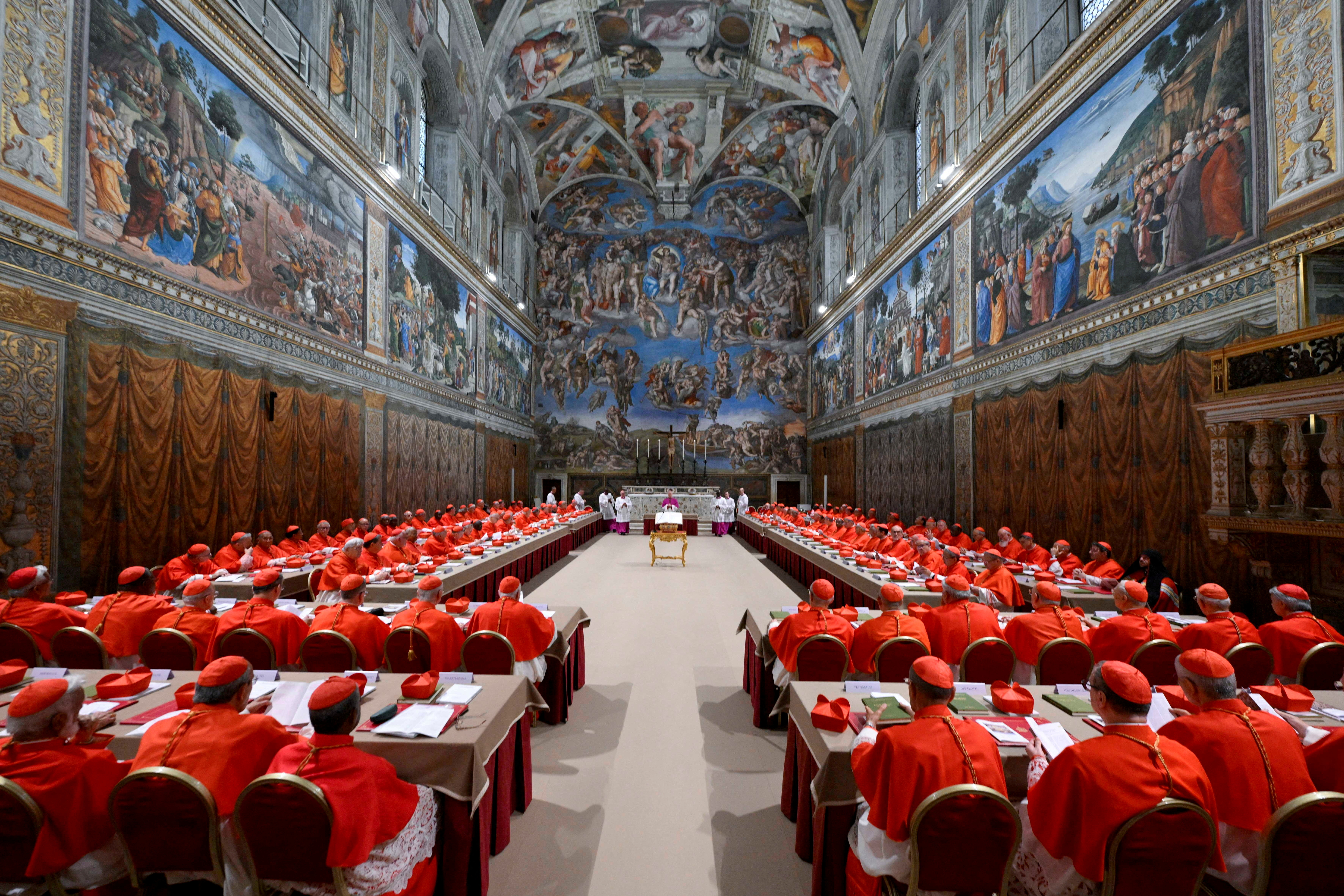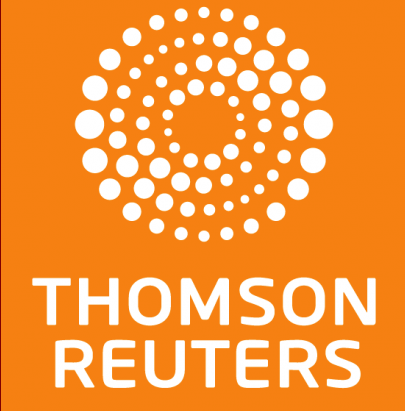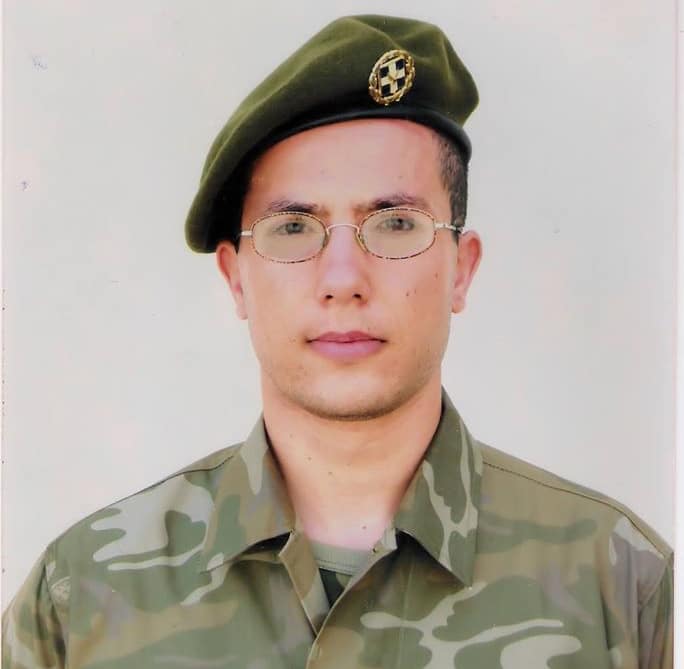Black smoke billowed from the chimney atop the Sistine Chapel on Wednesday evening, signalling an inconclusive first vote in the most globally diverse conclave in Roman Catholic Church history. The 133 cardinal electors, drawn from 70 countries, began the sacred and secretive process of choosing a new spiritual leader for the world’s 1.4 billion Catholics, following the death of Pope Francis last month.
Thousands of faithful gathered in St. Peter’s Square, eyes fixed on the narrow flue, waiting for the traditional sign that a decision had been made. But as expected—since no pope in modern times has been elected on the first ballot—the black smoke confirmed that no candidate had yet secured the required two-thirds majority.
The scene marked the start of what may be a brief, yet pivotal conclave. Historically, modern papal elections have concluded swiftly; Francis himself was elected at the end of the second day in 2013 after five rounds of voting. His predecessor, Benedict XVI, was chosen in just four votes. With up to four rounds scheduled per day from Thursday onwards—two in the morning and two in the afternoon—a result could come as early as the conclave’s second day.
Latin chants and organ music accompanied the cardinals as they solemnly entered the frescoed Sistine Chapel on Wednesday afternoon. Michelangelo’s towering depiction of the Last Judgment loomed over them as they took an oath of secrecy and heard the traditional Latin command: “Extra omnes!”—“Everyone out!”—signalling the start of their secluded deliberations.
This conclave is not only the largest ever, it is also seen as a crossroads for a deeply divided Church. Some cardinals have expressed a desire for continuity with Francis’ vision of a more inclusive and reform-minded Church, while others are advocating a return to traditional doctrines and stricter orthodoxy. Francis’ 12-year papacy, which embraced dialogue with the LGBT community, interfaith outreach, and Communion for the divorced, sparked both admiration and outrage—particularly from ultra-conservatives who branded him a heretic.
In a sermon before the conclave began, Italian Cardinal Giovanni Battista Re, too old to vote at 91, reminded his fellow prelates of their duty to serve not themselves, but the faithful: “Unity does not mean uniformity,” he said, “but a firm and profound communion in diversity.”
While no clear front-runner has emerged, speculation surrounds several prominent figures. Italian Cardinal Pietro Parolin, the Vatican’s Secretary of State under Francis, and Filipino Cardinal Luis Antonio Tagle, a symbol of the Church’s future in the Global South, are seen as leading contenders. However, if neither garners sufficient support, electors may shift toward other candidates, potentially coalescing along lines of geography, ideology, or language.
Other names circulating among Vatican watchers include France’s Jean-Marc Aveline, Hungary’s Peter Erdo, American Robert Prevost, and Italian Pierbattista Pizzaballa. A key factor may be whether the cardinals opt again for a pope from the Global South—as they did with the Argentine-born Francis—or return the papacy to Europe, or even elect the first pontiff from the United States.
Until a decision is reached, the cardinals are sequestered in Vatican guesthouses, continuing informal discussions over meals and in corridors. Their only connection with the outside world remains the smoke that rises after each ballot: black for no decision, white when a new pope is chosen.
As Thursday’s ballots loom, the world watches—hopeful that amid division and uncertainty, unity and purpose will guide the Church to its next leader.







Click here to change your cookie preferences